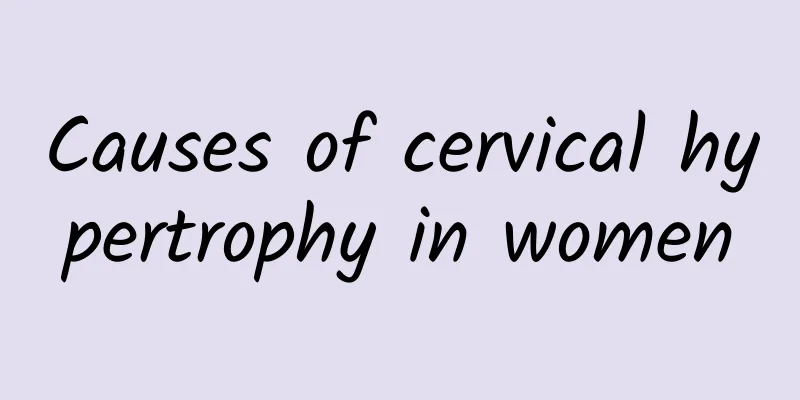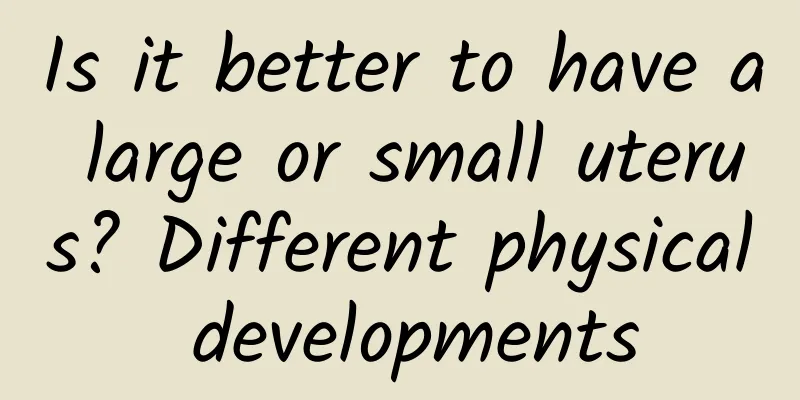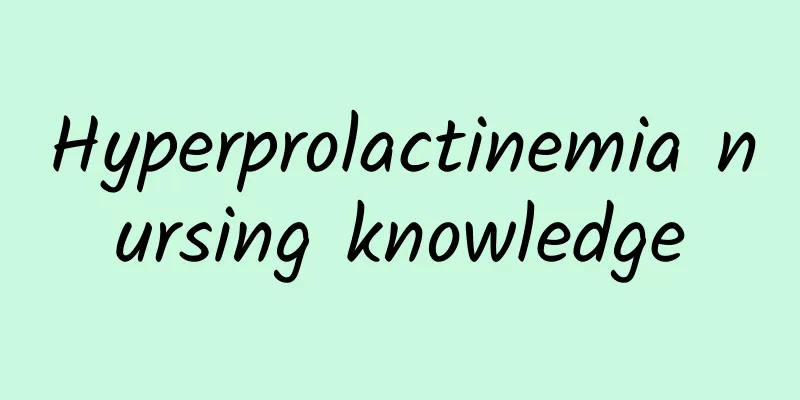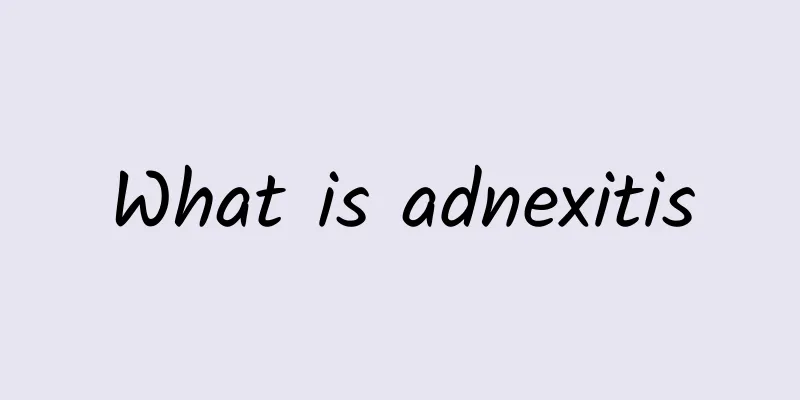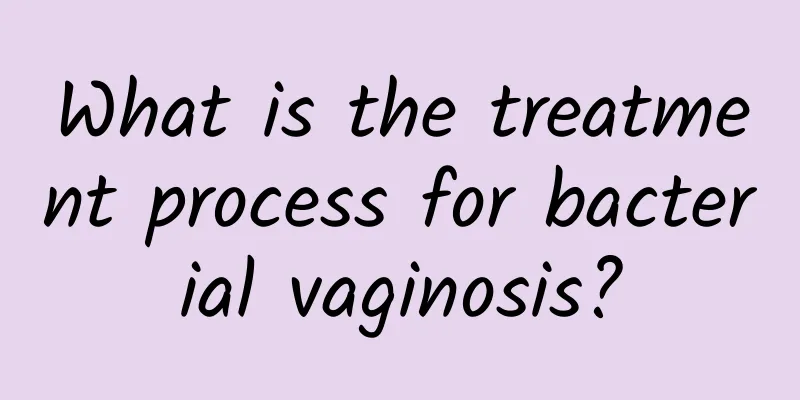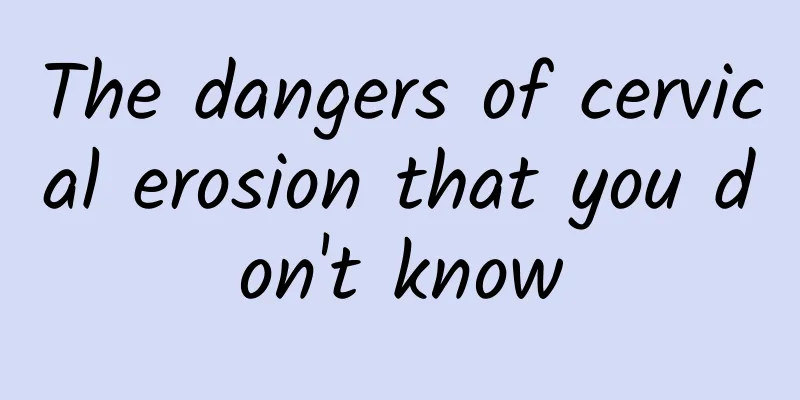What is uterine myomectomy? What are the precautions for uterine myomectomy?
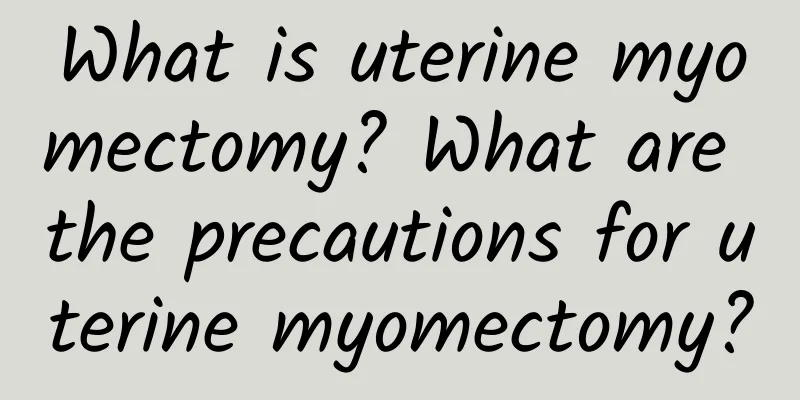
|
Uterine fibroids are a very common benign gynecological tumor. There are many treatment methods for them. Today we will introduce uterine fibroid removal. Uterine fibroid removal is a surgery to remove the fibroids on the uterus and preserve the uterus. It is mainly used for women under 45 years old, especially those under 40 years old. This is not only for infertile women who have no children, but also for women who have children, have large fibroids with a diameter greater than 6cm, have heavy menstruation and conservative medication is ineffective, or have compression symptoms, submucosal fibroids, and fibroids grow rapidly. Resection should also be performed for mental health. As for the number of fibroids, it is usually limited to 15 or less. No matter how many children there are, there are also examples of resection for people who have more than 100 children. It is contraindicated if the fibroids have malignant changes, are accompanied by severe pelvic adhesions such as tuberculosis or endometriosis; or if cervical cytology is highly suspicious of malignancy. For myoma excavation, it is best to perform endometrial pathological examination before the operation to eliminate endometrial precancerous lesions or cancer. During the operation, pay attention to whether the myoma is malignant, and send it for rapid biopsy if it is suspicious. After abdominal uterine myoma resection, in order to prevent postoperative abdominal adhesion, the uterine incision should be the anterior wall, the incision should be as small as possible, and as much fibroids as possible should be removed from the incision. Penetration of the endometrium should also be avoided as much as possible. The incision should be completely hemostatic, and the incision should be sutured without leaving a dead cavity. The postoperative uterine incision should be peritonealized as much as possible. Submucosal fibroids can be removed vaginally, and excessive traction should be avoided during resection, and the uterine wall should not be damaged during resection. Unresected fibroids can also be removed through the abdomen. Postoperative treatment should give hemostatic drugs and antibiotics; non-pregnant women should take contraceptive measures for 1 to 2 years; future pregnancies should be alert to uterine rupture and placenta implantation, and full-term selective cesarean section. Recurrence may also occur after myomectomy, and regular examinations should be conducted. |
<<: How much does a myomectomy cost? How much does a myomectomy cost?
>>: What are the types of myomectomy? Common methods of myomectomy
Recommend
What should be checked before uterine fibroid surgery? Are uterine fibroids multiple?
Uterine fibroids are the most common benign tumor...
How to prevent pelvic effusion
Pelvic effusion is a manifestation rather than a ...
What should I do if my menstruation is always delayed for a long time?
What should I do if my menstruation is always del...
What are the diseases similar to vulvar leukoplakia?
There are many diseases that are misdiagnosed bec...
What should I do if my menstruation is not clean after medical abortion?
What should I do if my menstruation is not clean ...
Delayed menopause should alert ovarian tumors
Menopause is a dangerous period for women. During...
The main symptoms of pelvic peritonitis
Pelvic peritonitis is a common gynecological dise...
Is it useful to eat brown sugar and rice wine for dysmenorrhea?
Eating brown sugar and rice wine during dysmenorr...
What is the cause of yellow leucorrhea in women with cervicitis? Analysis of the causes of yellow leucorrhea in women with cervicitis
Women don’t care about yellow leucorrhea. Most wo...
What medicine is good for adnexitis?
What medicine can cure uterine adnexitis quickly?...
How to do endometriosis care
Dysmenorrhea, the pain is mainly located in the l...
Brief analysis of the symptoms of atrophic vulvar leukoplakia at different stages
The symptoms of atrophic vulvar leukoplakia are d...
Clinical application of Lipu knife in the treatment of cervical erosion
Cervical erosion is a common disease among women....
Summer fruit as a main meal can cause blood sugar to soar and break out of thousands of killers
Fruits are sweet in the hot summer, but they are ...
What is an ovarian cyst and what to do
Ovarian cysts are common tumors of the female rep...

